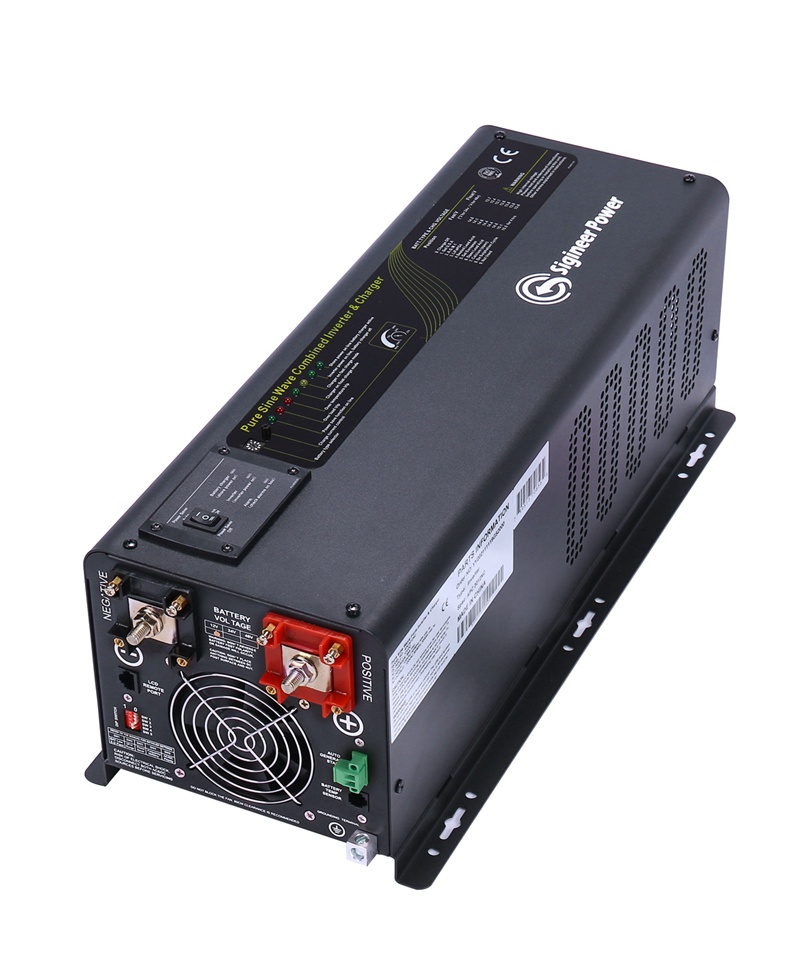Wait ... the idea is to have the highest voltage practical going long distances; the fact the well pump is 240VAC is more perfect. Whatever good pure sine wave inverter he can get that can handle the pump starting load (maybe with an added SoftStart on the pump) would be great. He wants a 240VAC output if the inverter already outputs 240VAC and the pump wants 240VAC.
He doesn't care about split phase 240VAC if I understand properly, so the inverter can come with that or not (unless the well pump actually requires a middle-of-the-phase neutral, which isn't unheard of). Oh wait, I just reread the OP: it requires split phase; whatever -- get an inverter or inverter-transformer combo that has a middle-of-the-phase neutral. Fine. If all he can afford is a 120VAC inverter and a step up 1:2 transformer (120VAC to 240VAC with a split phase middle of the winding output on the 240VAC side (the :2 side in the 1:2 ratio)), then that's good too, if they're matched properly, of course, but I think 240VAC&120VAC split single phase output inverters aren't impossible to find and would be easier than specing out a transformer (see my link below). Either way, the only remaining question is if the starting load of the motor can be handled by the inverter in question.
www.sigineer.com claims many (read the specs) of their inverters can handle 3x their continuous load just for starting. But some motors demand way more than 3x their continuous rating just to start up. It's best to check the motor carefully. If it still isn't enough power to start the motor and the motor doesn't have soft start installed (
http://hypereng.com/), then I don't know how hard that would be to do, if the pump is already installed at the bottom of the well and would require a lot of plumbing work to deinstall and reinstall the motor (unless it has been designed for easy servicing, in which case that might not be so bad) (and whether or not HyperEng has the right soft start add-on for that motor type). Installing soft start may help out with making the motor able to start on a properly sized inverter for the task. It's unlikely most old well pumps in service today already have built in variable speed inverter soft start out of the box, even though I bet that's going to be standard in the future.




